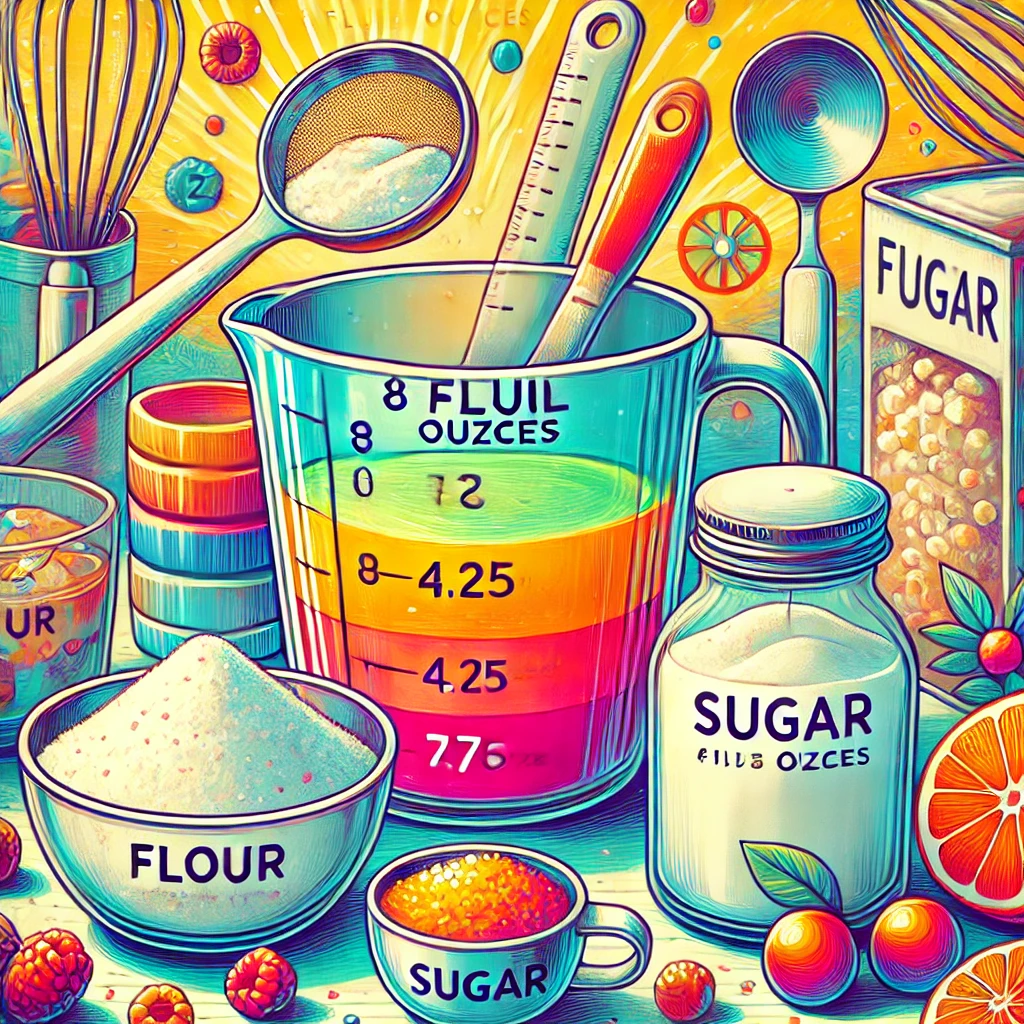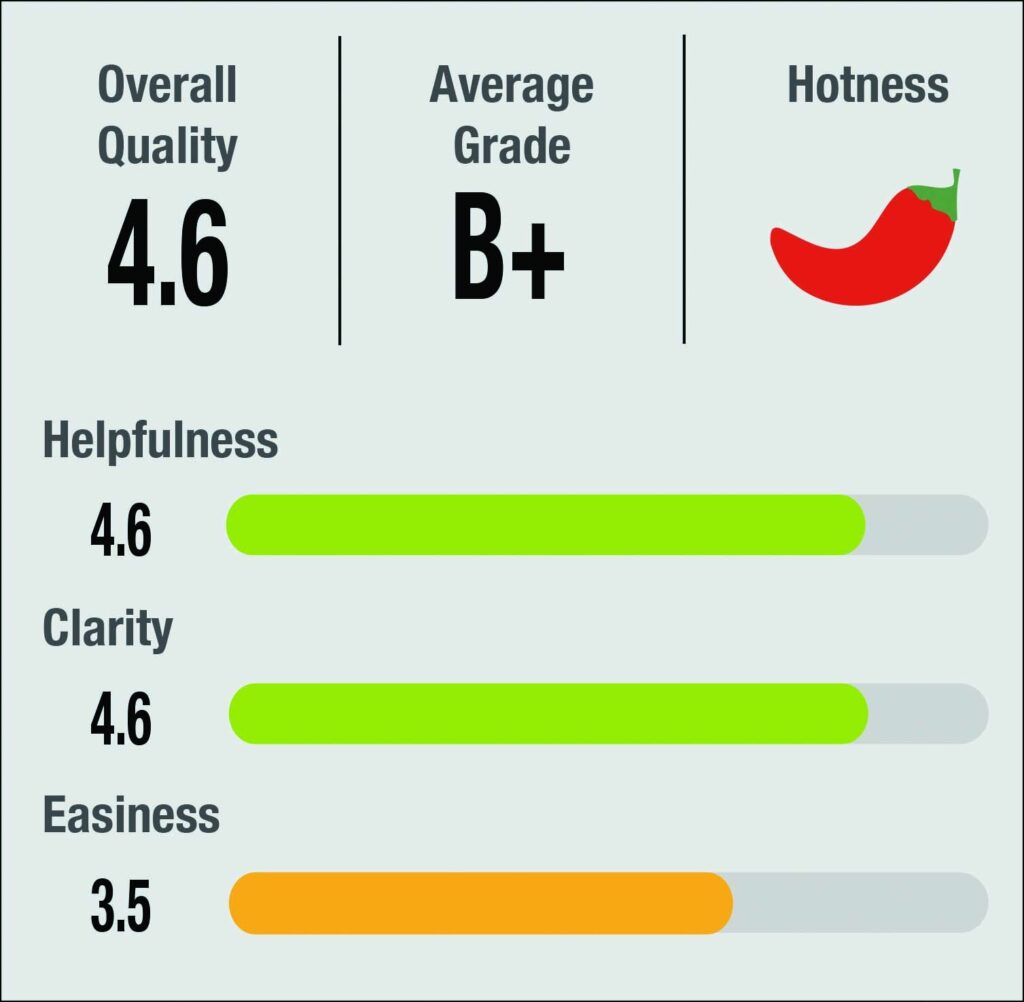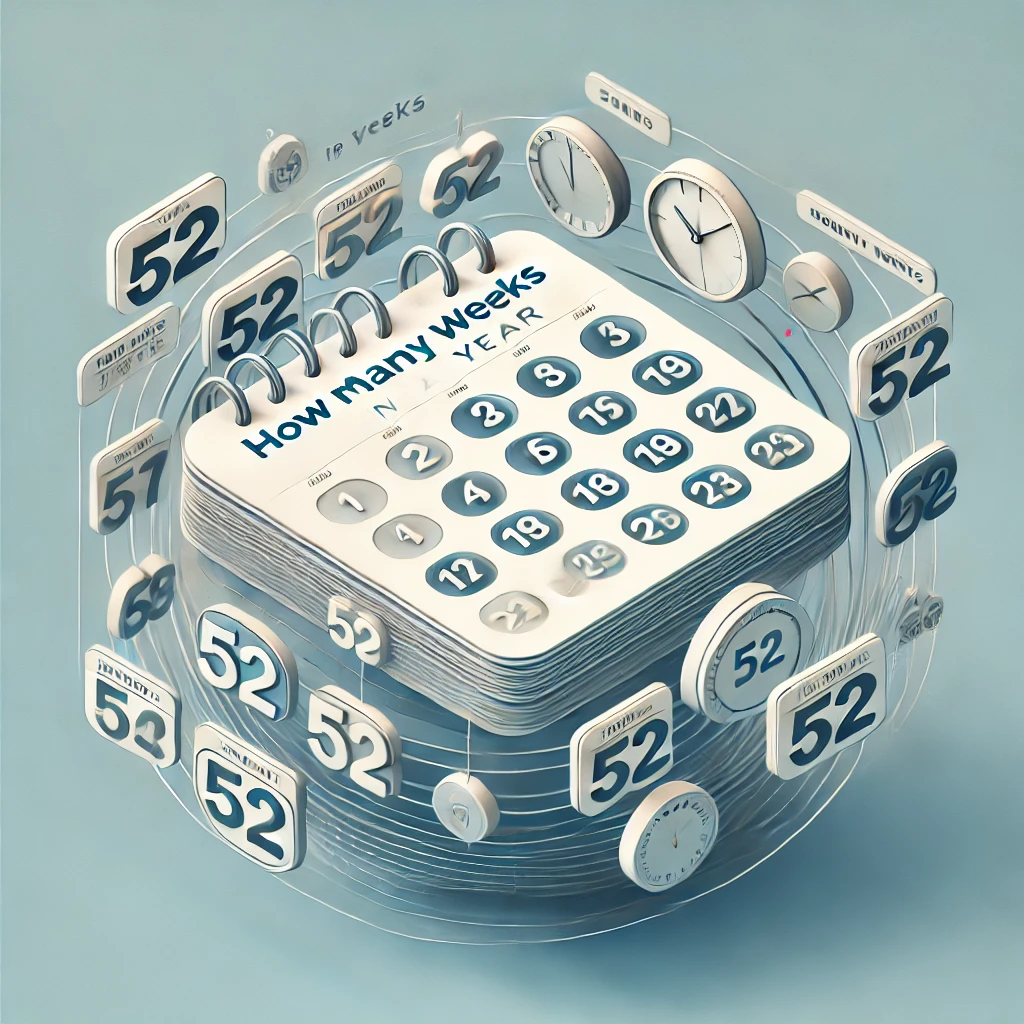Whether you’re an experienced chef or a home cook, understanding measurements is crucial for the success of any recipe. One common question that arises in the kitchen is: “How many ounces in a cup?” This question might seem straightforward, but the answer can vary depending on the ingredient and whether you’re measuring liquid or dry items. In this blog, we’ll delve into the specifics of measuring both liquids and dry ingredients, ensuring that you have the knowledge you need for accurate cooking and baking.
- What Is a Cup Measurement?
- How Many Ounces in a Cup of Liquid?
- The Importance of Using the Right Measurements in Cooking and Baking
- How Many Ounces in a Cup for Different Measurement Systems?
- Tips for Avoiding Common Measurement Mistakes
- How to Adjust Recipes Based on Cup to Ounce Conversions
- Conclusion
- FAQs
What Is a Cup Measurement?
Before answering the question of “how many ounces in a cup,” it’s essential to understand what a cup measurement actually represents. In the United States, a cup is a standard unit of volume commonly used in cooking and baking. The standard U.S. cup is equivalent to 8 fluid ounces or approximately 240 milliliters. However, things can get a bit more complicated when you consider the difference between liquid and dry measurements.
How Many Ounces in a Cup of Liquid?
When measuring liquids, the question “how many ounces in a cup” can be answered with ease. One cup of liquid is equivalent to 8 fluid ounces in the U.S. This applies to water, milk, oil, and any other liquid ingredient. Fluid ounces are a measurement of volume, so 8 fluid ounces of a liquid will always equal one cup.
How Many Ounces in a Cup of Dry Ingredients?
When it comes to dry ingredients, the answer to “how many ounces in a cup” isn’t as straightforward. Unlike liquid measurements, dry measurements can vary depending on the ingredient’s density. For example, a cup of flour doesn’t weigh the same as a cup of sugar or a cup of oats.
Here’s a quick breakdown of some common dry ingredients:
- Flour: One cup of all-purpose flour weighs approximately 4.25 ounces.
- Sugar: One cup of granulated sugar weighs around 7 ounces.
- Brown Sugar: One cup of packed brown sugar is approximately 7.5 ounces.
- Oats: One cup of rolled oats weighs about 3.5 ounces.
Why Does the Weight of Dry Ingredients Vary?
Understanding why the weight of dry ingredients varies is key to answering “how many ounces in a cup” for different foods. The main reason is density. Some ingredients, like flour, are lighter and more aerated, meaning they take up more space but weigh less. Others, like sugar, are denser and therefore weigh more for the same volume.
When measuring dry ingredients, it’s often more accurate to use a kitchen scale rather than relying solely on volume measurements. This ensures that you’re using the correct amount of each ingredient, which can be particularly important in baking where precision is crucial.
How to Measure Liquids Accurately
To accurately measure liquids, use a clear measuring cup with markings for cups and ounces. Place the cup on a flat surface and pour the liquid until it reaches the desired measurement. Be sure to check the measurement at eye level to ensure accuracy. Remember, when answering the question “how many ounces in a cup” for liquids, the answer is always 8 fluid ounces.
How to Measure Dry Ingredients Accurately
Measuring dry ingredients accurately requires a different approach. For most dry ingredients, use a set of dry measuring cups. Here’s how to measure some common ingredients:
- Flour: Spoon the flour into the measuring cup, then level it off with a straight edge. Avoid packing the flour down, as this can lead to using more than the recipe requires.
- Sugar: Scoop the sugar into the measuring cup, then level it off. Brown sugar is usually packed into the cup, so press it down to remove air pockets.
- Oats: Scoop the oats into the measuring cup and level it off.
Converting Cups to Ounces: A Handy Guide
Sometimes, recipes may require you to convert cups to ounces or vice versa. Here’s a quick reference guide to help you with these conversions:
- 1 cup = 8 fluid ounces (liquids)
- 1 cup flour = approximately 4.25 ounces
- 1 cup sugar = approximately 7 ounces
- 1 cup butter = 8 ounces (1/2 pound)
Knowing how many ounces are in a cup can simplify the process of adjusting recipes or using different measuring tools.
The Importance of Using the Right Measurements in Cooking and Baking
Using the correct measurements is vital in cooking and baking. Even a small error in measurement can affect the texture, flavor, and appearance of your dish. For example, too much flour can make your baked goods dense and dry, while too little sugar can leave them bland.
When following a recipe, take the time to measure ingredients carefully. If you’re ever in doubt about “how many ounces in a cup,” remember that liquid measurements are straightforward (8 fluid ounces in a cup), while dry measurements can vary.
How Many Ounces in a Cup for Different Measurement Systems?
It’s also important to note that the answer to “how many ounces in a cup” can vary depending on the measurement system you’re using. In the U.S., as mentioned, one cup equals 8 fluid ounces. However, in the UK, a cup is typically considered to be 10 fluid ounces. If you’re using a recipe from another country, make sure to adjust your measurements accordingly.
Tips for Avoiding Common Measurement Mistakes
To avoid common measurement mistakes, here are some tips:
- Use the right tools: Use liquid measuring cups for liquids and dry measuring cups for dry ingredients.
- Level off dry ingredients: Always level off dry ingredients to get an accurate measurement.
- Measure at eye level: For liquids, check the measurement at eye level to avoid mistakes.
How to Adjust Recipes Based on Cup to Ounce Conversions
Sometimes, you might need to adjust a recipe based on the cup to ounce conversions. For example, if a recipe calls for 1.5 cups of flour, and you know that one cup of flour weighs 4.25 ounces, you can calculate the total weight needed. In this case, 1.5 cups of flour would equal approximately 6.375 ounces. Understanding these conversions can help you scale recipes up or down as needed.
Conclusion
Understanding how many ounces are in a cup is essential for anyone who spends time in the kitchen. Whether you’re measuring liquids or dry ingredients, knowing the correct conversions and using the right tools can make a big difference in your cooking and baking success. Remember, when it comes to liquid measurements, one cup equals 8 fluid ounces, while dry measurements can vary based on the ingredient. By keeping these guidelines in mind, you’ll be well-equipped to handle any recipe with confidence.
So, the next time you’re in the kitchen and wondering, “how many ounces in a cup,” you’ll know exactly what to do!
FAQs
1. How many ounces are in a cup of water?
One cup of water is equal to 8 fluid ounces.
2. How many ounces in a cup of flour?
One cup of all-purpose flour weighs approximately 4.25 ounces.
3. How many ounces in a cup of sugar?
One cup of granulated sugar weighs around 7 ounces.
4. Is a dry cup the same as a liquid cup?
Yes, both dry and liquid cups represent the same volume, but their weight can differ based on the ingredient.
5. How can I accurately measure dry ingredients?
To accurately measure dry ingredients, use a set of dry measuring cups and level off the ingredient with a straight edge.





https://biotus.ua/
Your article helped me a lot, is there any more related content? Thanks!
Can you be more specific about the content of your article? After reading it, I still have some doubts. Hope you can help me.
Thank you for your sharing. I am worried that I lack creative ideas. It is your article that makes me full of hope. Thank you. But, I have a question, can you help me?
Good site! I truly love how it is simple on my eyes and the data are well written. I am wondering how I might be notified whenever a new post has been made. I’ve subscribed to your RSS feed which must do the trick! Have a nice day!
Thanks for sharing. I read many of your blog posts, cool, your blog is very good. https://www.binance.com/de-CH/register?ref=UM6SMJM3
Your point of view caught my eye and was very interesting. Thanks. I have a question for you.
Thank you for your sharing. I am worried that I lack creative ideas. It is your article that makes me full of hope. Thank you. But, I have a question, can you help me?
Thank you for your sharing. I am worried that I lack creative ideas. It is your article that makes me full of hope. Thank you. But, I have a question, can you help me?
Can you be more specific about the content of your article? After reading it, I still have some doubts. Hope you can help me.
Thank you for your sharing. I am worried that I lack creative ideas. It is your article that makes me full of hope. Thank you. But, I have a question, can you help me?
Your article helped me a lot, is there any more related content? Thanks!